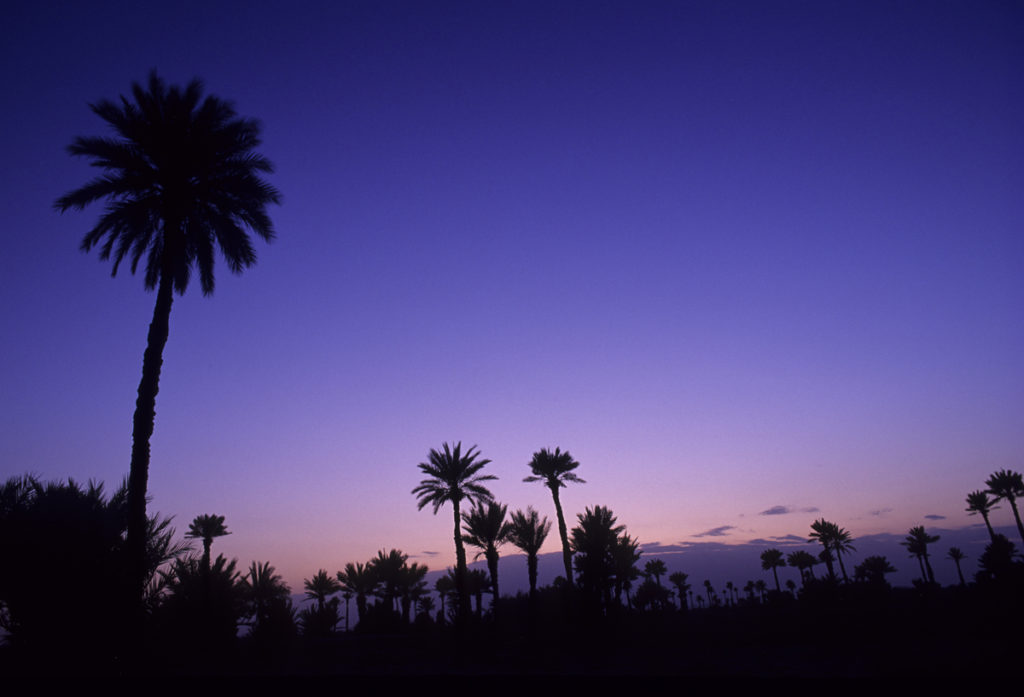Photo competition silly season is upon us again and recently there’s been a proliferation of new ones, especially travel ones, now that travel is returning to normal after the pandemic. So as photographers you need to be a little guarded if you decide to enter any because some may not be all they seem. Don’t just be seduced by the prizes.
There are a few key questions which you should ask yourself before entering and most of all, you should read the competition rules, especially those relating to your copyright and image usage. So what are the pitfalls to watch out for?
Who’s running the competition?
The first question every photographer should ask themselves is ‘who is running the competition and why are they doing it’? It’s a simple question and often the answer will tell you a lot about the motivations for the organisers to get their hands on your images.

Is it run to showcase photography or just for profit?
It’s a common myth that photo competitions make a lot of money. With very few exceptions this is not the case, even amongst the well-established ones, and those that do make much more through sponsorship than through entry fees. However that doesn’t stop new competitions emerging because the myth is perceived as true. You’ll find that those competitions don’t have much longevity.
Look carefully at how the organiser can reap rewards too. It can be obvious but sometimes, most often with free-to-enter awards, there can be a hidden benefit.
Very few photo competitions are run for photographers, and with a key objective of showcasing the photographers and their work. For photography’s sake, thankfully there are a few who do it for reasons other than profit.
No entry fee
Is the competition free to enter and, if so, what does the organiser get out of it? Some photographers won’t enter any competition with an entry fee as a matter of principle. This is somewhat foolish because free competitions tend to receive more entries so the competition for the winning spots can be much greater, though not necessarily better. If you are able to afford it, but don’t want to pay to enter and so only choose free-to-enter competitions, then you arguably don’t value your own images, so why should anyone else? Of course, economic times are hard, and if you can’t afford to enter a photography competition, you will naturally seek out free ones – just be wary when you do so. There are some well-run, reputable free-to-enter contests, but, sadly, there are also quite a few which operate as rights grabs.
Speaking from personal experience, running a photo competition takes a lot of time and effort. That’s time which can’t be spent earning a living from other work. So if it’s free, what’s the quid pro quo?
Usually it’s the use of YOUR images, so beware. When TPOTY first started, many competitions claimed the photographers’ copyright just for entering! Thankfully that has changed now but there are still competitions which claim unlimited usage of your images in perpetuity. If this was only for the winners then that would be bad enough, but some competitions claim unlimited usage for ALL entries regardless of whether they win or not.
Sponsor involvement
As time moves on and a new generation of people start competitions, the old days when photographers’ copyright mattered are conveniently forgotten and profit and self-interest come to the fore again. The worst offenders are magazines, both print and online, who just want free images for their publication, free images they then claim the right to use for features not related to the competition itself.

Sponsors get involved in photo competitions to gain exposure for their brand and products. That’s fair enough – it costs them to be involved, usually by donating prizes and sometimes by paying sponsorship fees as well, and many highly reputable competitions can’t exist without sponsorship, but it’s when their involvement goes beyond exposure that photographers should be wary.
In all cases where sponsors or affiliated bodies are granted use of the images as a condition of entry, this constitutes a third-party agreement and its validity and legality, as well as its intents at best highly dubious.
Sponsors on the judging panel should be a red flag for photographers. What expertise do they bring to the judging? And can you be sure of their impartiality – or are they looking for free images to promote their own brand either directly through advertising or through feature publications. Is there a potential agenda in them steering the judging towards images that best fit their needs? Of course, there are cases where a hugely experienced and highly appropriate individual from a sponsor – one whose impartiality the organisers trust – do sit on judging panels. This can be effective in situations where the competition rules don’t give the sponsors use of the submitted images.
Like anything in life, there are good and bad, and photography competitions are no different. At the end of the day, whether you enter these is your choice. Just be aware that there are pitfalls which you can avoid if you know what you’re looking for. Watching out for the major ones, as outlined above, will allow you to make that choice in an informed way and the key to not falling into the traps is… Read the rules!
At our Inspiring Photography weekend there was a panel discussion on entering and winning photography competitions where many of these issues were discussed in depth. The recording will be available to stream soon and will be free to anyone who has registered wit Eye for the Light.
Image © Chris Coe

